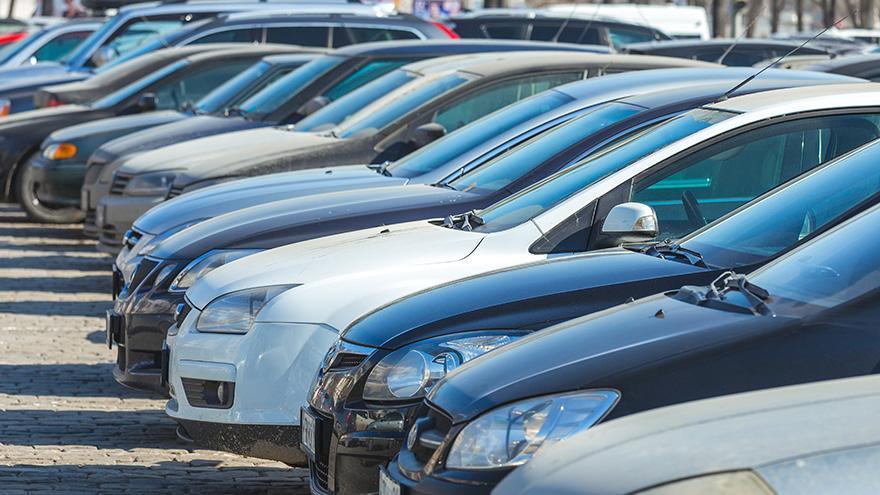Good news, dealers: Your used-car inventory aligns with age, price demands of consumers

Almost half of used-car shoppers say the oldest vehicle they would consider is in the 3- to 5-year-old range, according to the May Industry Insights Report from Cars Commerce.
And the good news for dealers is supply has increased for some of the vehicle price band that would fit into that particular age group.
Here’s how that shakes out in the Cars Commerce data set.
In a March survey, 44% of customers looking to buy used said the oldest model they would buy is 3-5 years old. Meanwhile, 30% are looking for vehicles no older than 1-2 years, 23% would go older than 5 years and 3% wanted a used car less than a year old, according to the Cars Commerce data.
While inventory of $30,000-$39,000 vehicles – where the average age is 3.1 years – took a 13.2% year-over-year hit in May, supply of $20,000-$29,000 vehicles (with an average age of 4.1 years) was up 7.2%, according to Cars Commerce.
Granted, that’s less than the increases for $10,000-$19,000 vehicles (average age 7.3 years) and $9,000 or less vehicles (average age 13.1 years), which showed 21.0% and 18.8% gains, respectively.
The overall supply of used vehicles under $30,000 was up 13.7% year-over-year in May.
That’s especially good news, given that 68% of used-car shoppers said they’re going pre-owned because of affordability, the March survey found.
Overall dealer inventory climbed 1.0% year-over-year in May and list prices on used cars were down 7.2%.
Month-over-month, used-car supply was up 4% in May, with prices down 0.2%, Cars Commerce said.
Used-car demand, based on searches, was off 6.3% year-over-year and fell 1% month-over-month in May, the company said.
“The rise in new-car sales, especially during seasonal promotions like Memorial Day, boosts the used-car market. More new-car inventory means more new-car sales, which means more trade-ins, increasing used-car inventory and bringing prices down — and that’s just what we’re seeing this month,” said Rebecca Lindland, senior director of industry data and insights for Cars Commerce, in a news release.
To her point, Cars Commerce said the 4% rise in used-car inventory from April was driven by trade-ins from new-car buyers.
A March survey from the company found 53% of respondents plan to trade their vehicle in to the local dealership where they are buying their new car, 30% intend to take it to the local dealership that gives them the best offer, 12% were unsure and 6% plan to trade in their car to an online-only dealership.
“On average, used cars are selling slightly slower now than last year, when the market was quite lean,” Lindland said. “Prices are still elevated for new and used vehicles, but today shoppers have more inventory, more choices and more time to find the vehicle that fits their budget and lifestyle.”


